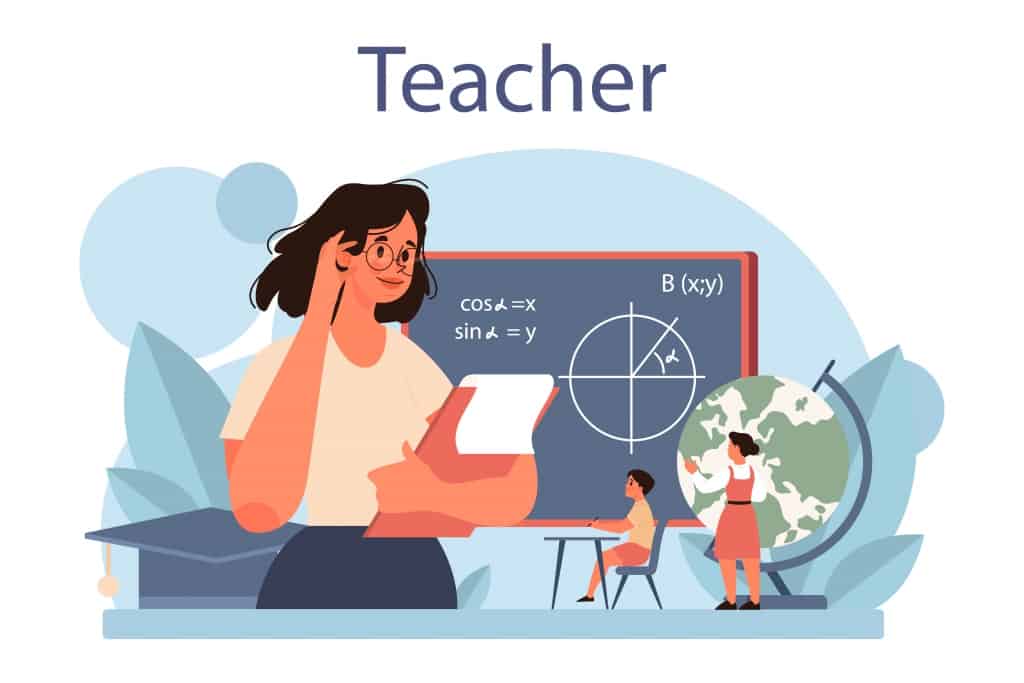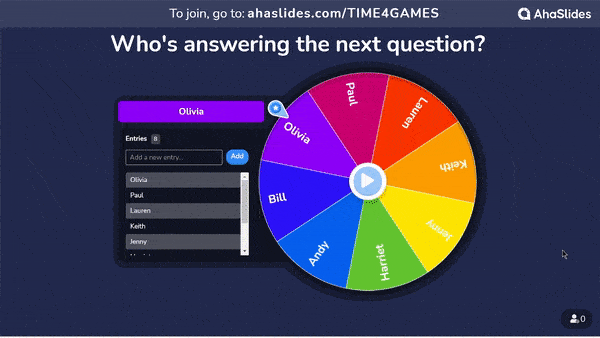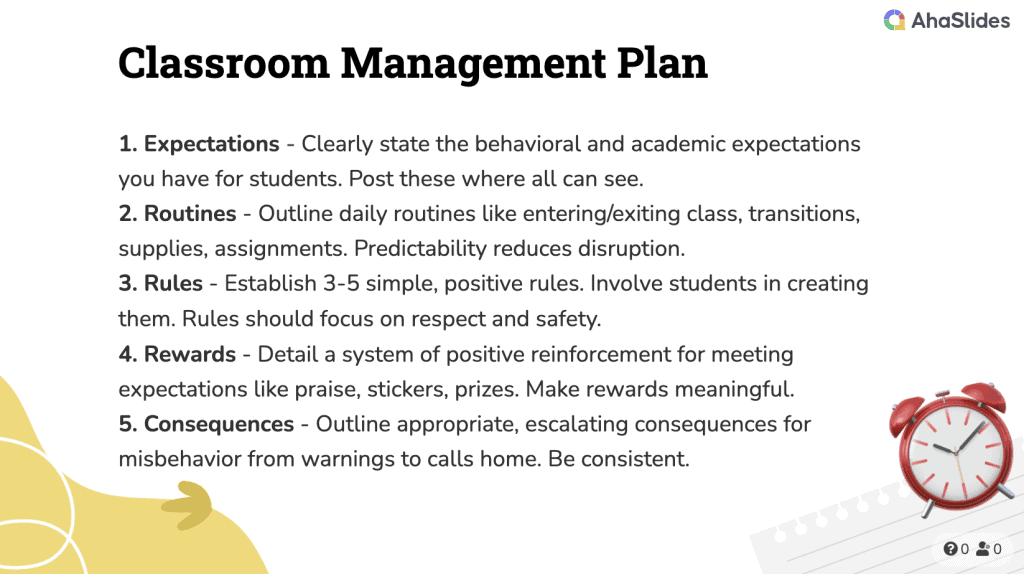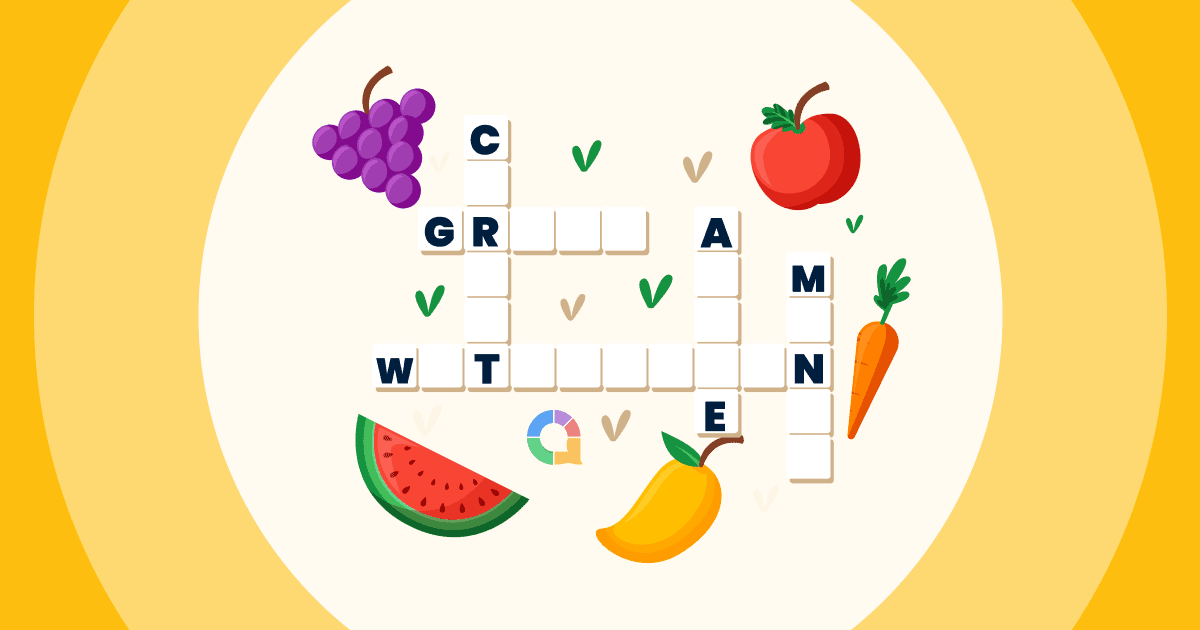良好的學習環境需要很多因素,尤其是 課堂管理計劃. 如果你制定好這個計劃,你和你的學生將建立牢固的關係,課堂將很容易進入秩序,教學過程的質量將上一個新的台階。
那麼,什麼是課室管理計畫呢?如何制定有效的課室管理計畫?讓我們一起來了解一下!
目錄
什麼是課堂管理計劃?
學生如何為自己的行為負責? - 課堂管理計劃回答了這個問題。
簡而言之,課堂管理計劃是一個包含規則/指南的計劃,可幫助學生理解、遵循並對自己的行為負責。
特別是,它包括詳細程度,從規則和程序到課程如何全天運作的計劃。 這樣每個時期都可以通過適當的教學策略得到最大程度的利用。
例如,課堂管理計劃可能要求學生舉手打斷老師的講話。如果不遵守這條規則,學生將受到警告。
AhaSlides 的更多提示
課堂管理計劃的好處
預先規劃的課程建設將確保學生的興奮感和注意力,同時保持課堂秩序,不會失控。
因此,課堂管理計劃通常會提供以下好處:
- 為學生創造更多時間專注於學習: 透過讓學生積極有效地利用學習時間,課堂管理計畫將有助於增加學生真正有效率的學習時間。
- 為所有學生創造熟悉規則的機會: 課堂管理計劃的目標是幫助所有學生有意識、態度和技能來執行班級的明示和暗示的規章制度。
- 增加課堂自主權: 課堂管理計劃將有助於將教學目標從接受性學習轉變為探索性和協作性學習。 這迫使學生具有自我管理、自立和合作的能力。 這些東西將極大地幫助學生和教師在他們未來的學習旅程中。
啟動有效課堂管理計劃的 8 個步驟

#1 – 參考學校政策
在起草課堂管理計畫之前,務必查閱學校的相關政策。因為每所學校都必須制定課堂紀律或獎懲政策,以規範課堂紀律和學生的學習。
所以,為了避免犯錯和浪費時間,你可以提前了解學校的政策。然後在此基礎上,在你的課堂上製定更多規則。
#2 – 制定規則
這些課堂規則,也稱為課堂行為標準,應該鼓勵促進學習的行為,並消除乾擾學習的行為。
它們不應過於詳細以列出每一種行為和相應的違規後果。 但他們應該打好尊重、溝通和準備學習的基礎。
理想情況下,對於每項學習活動,教師都應解釋行為的標準和限制。
例如,在文學作品中,您可能會依次列出行為標準:
- 學生有 15 分鐘的時間閱讀他們選擇的任何文學作品。
- 然後,學生必須在接下來的 15 分鐘內寫下他們的感受。
- 如果學生有問題,請舉手向老師尋求幫助。
- 在課程結束時,一些學生將被隨機要求閱讀他們的感受。
- 不遵守的學生將被警告一次。
這將有助於學生了解每節課應該做什麼、有多少自學時間以及如果不遵守規則會有什麼後果。
#3 – 設定學生和老師之間的界限
因為根據標準制定課堂管理計劃可以使雙方都變得更好。 所以,你和你的學生都必須為雙方設定界限並尊重他們。
雙方之間的一些界限可以提到為:
- 當你在講課時,學生不會插嘴。
- 當學生自習的時候,你就不能干涉。
- 您不得嘲笑、諷刺或批評學生,反之亦然。
這些界限也被理解為“隱性規則”,雖然不太重以至於不能構成規則,但仍然需要被理解並自願遵守。

#4 – 使用口頭和非口頭交流
課堂總是交織著積極和消極的行為。 但是,並不總是需要指出積極/消極的行為並警告或獎勵學生。
有時,當學生表現良好時,您可以通過以下方式簡單地鼓勵這些積極的行為:
- 對那個學生微笑
- 點頭同意
- 豎起大拇指
至於負面行為,你只需要:
- 皺眉、搖頭
- 做出嚴肅的表情
5. 了解你的學生
課堂管理計劃中最重要的元素是與學生建立關係。 當教師花個人時間與每個學生一起理解並利用它來創造個人學習機會時,這些關係就會得到加強。
例如,在課堂上點名該學生,並積極表揚該學生。
每個學生都會有獨特的個性和學習風格。 因此,它們需要不同的方法和解決方案。 了解他們的每個學生將幫助教師更順利地管理他們的課堂。
6.創新教學方法
授課方式枯燥、千篇一律也是學生上課時獨力、說話、注意力不集中等原因之一。
如何通過選擇新的、以學生為中心的教學方法來改變這一點? 創新的教學方法 互動課堂活動?讓學生忙於 測驗、腦力激盪、辯論、 民意調查、旋轉輪和有趣的任務,這樣就沒有時間違反課堂規則了。
授課方式的「不可預測性」會讓學生更有興趣多次參與課堂。

7. 獎勵與懲罰
用獎勵來激勵學生是教師在課堂管理中經常使用的好方法。 獎勵將使學生渴望上課,並希望為班級做出更多貢獻。 對於錯誤的行為,教師也需要給予懲罰,以震懾和教育學生不要再犯。 獎勵和懲罰將有助於維持更好的課堂規則。
對於獎勵,教師可以提供不同程度的獎勵,但不應包括價值很高的禮物。 可能的獎勵/禮物的一些例子包括
- 貼紙、鉛筆和襪子。
- 一本按照學生意願的書。
- 一節課帶學生去博物館/電影。
反之,如果提醒無效,制裁被認為是不得已的手段。 以及以下形式的懲罰,讓學生看到自己的錯誤,不再重蹈覆轍:
- 如果學生大聲喧嘩,打擾到周圍的人: 學生將不得不獨自坐在教室前面幾天。
- 如果學生打架或吵架:懲罰學生分組工作或一起值班。
- 如果學生不做作業:懲罰學生重新學習課程並教導全班。
- 如果學生髮誓:懲罰學生並向所有同學道歉。
- 如果學生冒犯了老師:邀請學生家長來上班,先談談學生的優點,然後再談談老師被侮辱的問題。這樣學生就會感到羞愧,主動向老師道歉。
然而,獎勵和懲罰必須確保公平和公開(視情況而定),因為公平對於讓學生感到受到尊重並在課堂上營造和平的氛圍至關重要。
#8 – 聯絡家長,制定有效的課堂管理計劃
成功的教育需要雙方:學校和家庭。 父母會了解孩子的個性,是想要完美學生的人。 因此,請與家長聯繫、討論,找出如何教授和管理合適的課堂。
此外,老師也應該鼓勵家長在家中表揚孩子的進步,讓學生時時刻刻感受到家長對他們的努力的認同。

有效課堂管理計劃的技巧
制定有效的課堂管理計畫必須從第一天開始,但並非就此結束。全年中,教師必須始終如一地堅持
- 發展與學生的關係。
- 監控並強化良好行為。
- 尊重學生的生活,尊重學生的興趣,尊重學生的長處和短處。
- 滿足課程計畫中學生的行為和需求。
- 堅持標準,認真對待教學專業
此外,您還需要隨著複雜性的出現而靈活調整,以補充和完善您的課堂管理計劃。 細心觀察每個學生都希望得到老師的關愛,但對每個學生表達愛意也需要委婉,以免其他學生感到傷害或嫉妒。
最後的思考
希望通過以上 8 個步驟 啊哈幻燈片 提供,您將有一個有效的課堂管理計劃。
但無論你採用什麼技巧或方案,都不要忘記,老師最終會成為學生效法的榜樣。當學生看到老師的專業精神和對他們的尊重,並以此為榜樣,他們就會效仿,共同創造更好的學習環境。
更多參與聚會
使用 AhaSlides 更好地集思廣益
常見問題(FAQ)
如何撰寫課室管理計畫?
您可以按照以下步驟制定良好的課堂管理計劃:
1. 期望-明確說明你對學生的行為和學業期望。將這些要求張貼在所有人可見的地方。
2. 日常安排-列出日常安排,例如進出教室、交接、補給、作業等。可預測性可以減少干擾。
3. 規則-制定3-5條簡單、積極的規則。讓學生參與制定。規則應以尊重和安全為重點。
4. 獎勵-制定詳細的獎勵機制,以鼓勵孩子達到預期,例如讚美、貼紙、獎品等。獎勵要有意義。
5. 後果-列出不當行為的適當且逐步升級的後果,從警告到打電話回家。保持一致。
6. 實體空間-描述最佳座位安排、噪音水平、空間活動。控制環境。
7. 溝通-提供辦公時間、電子郵件、通訊資料夾/應用程序,以便家長與您聯絡。
8. 挑戰性行為-針對遲到、準備不足、技術濫用等常見問題制定具體應對計畫。
9. 教學方法-融合多樣性、協作性和參與性,以減少干擾需求。
10. 紀律程序-明確規定退課、停學等重大議題的正當程序。
什麼是課堂學習管理計畫?
課堂學習管理計劃概述了教師如何組織授課、學生作業、溝通和整體課程結構以實現學習目標。
成功的課堂管理計畫的 4 個基本要素是什麼?
成功的課堂管理計劃的四個基本要素是:
1.明確的期望
2. 一致性和公平性
3. 正向強化
4. 課堂程序和慣例









